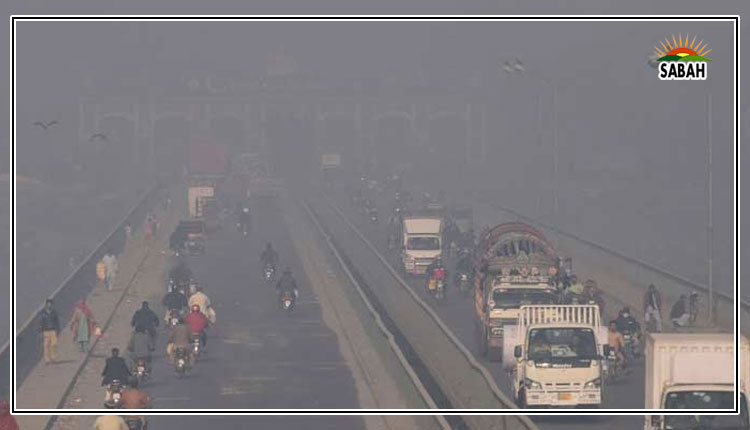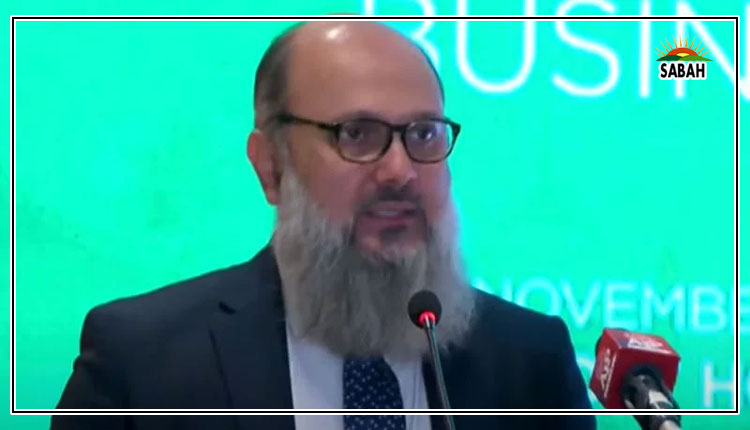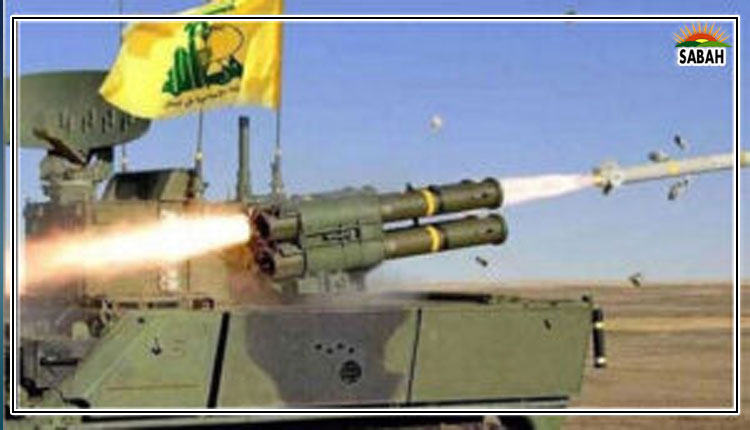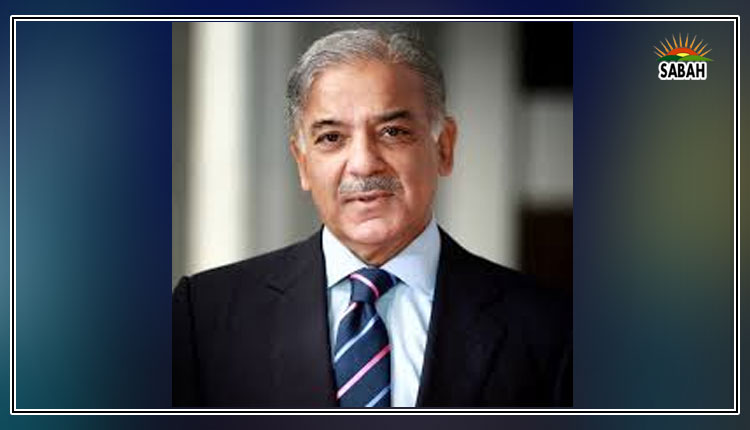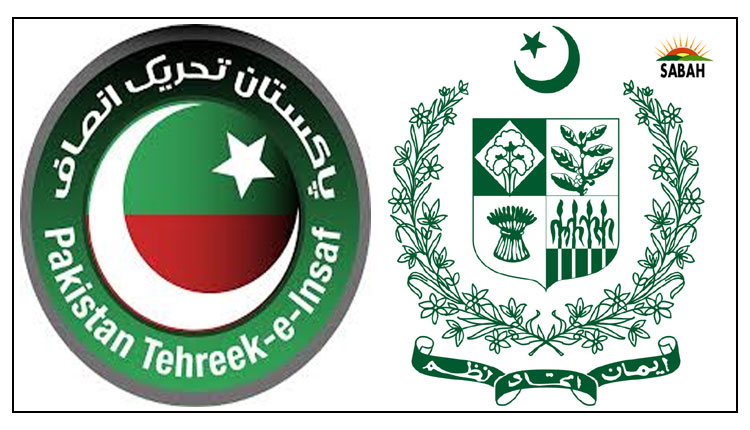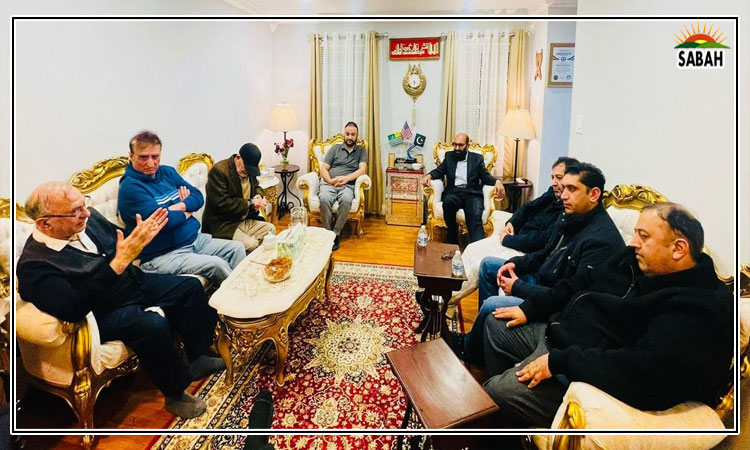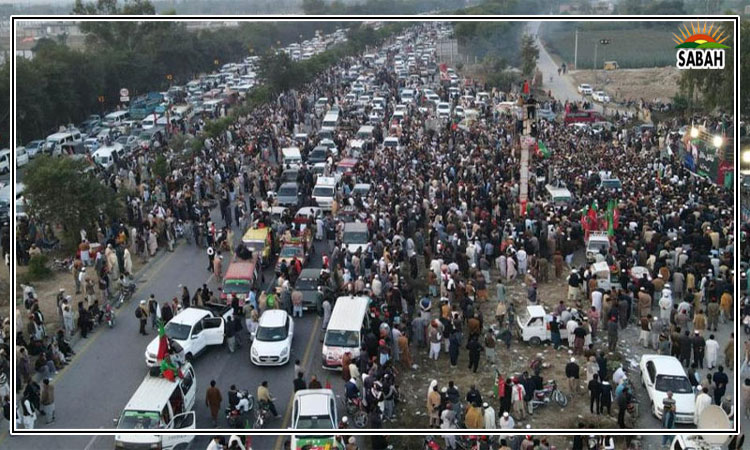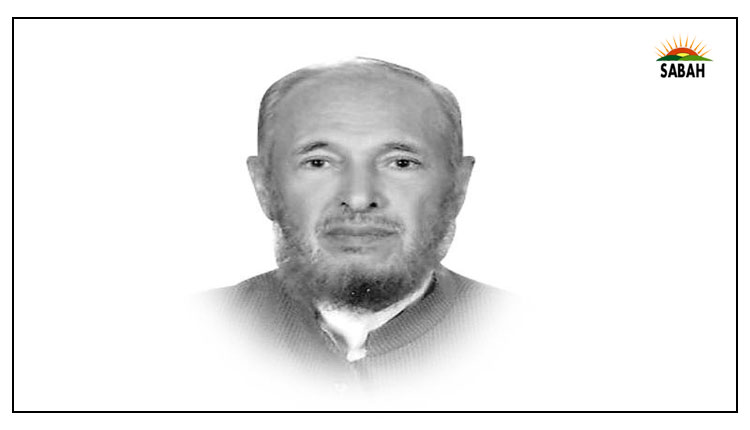Iran-Saudi thaw and US-Iran prisoners’ swap deal… Rustam Shah Mohmand
Following a historic Saudi-Iran accord for reopening of diplomatic missions in each others country and exchange of visits by senior officials of the two countries, the political climate in the region has undergone a change for the better. The mediation efforts were undertaken by China drawing widespread admiration from across the world. Soon other changes in the area began to happen. Many adversaries began to embrace each other as hostility and acrimony gave way to a desire for reconciliation. It may be too early to draw more substantive conclusions given the turbulent nature of the Middle Eastern politics. But after many years there is a glimmer of hope that ties between Qatar, the UAE and Saudi Arabia would improve significantly to herald advent of an era of stability.
And soon there was another remarkable development which, if sustained, would have a tremendous impact on the Middle Eastern politics. The US and Iran reached a landmark agreement basically on the release of prisoners breaking the agonising stalemate. The agreement was preceded by a long interaction between the two countries. Under the accord, Iran would release five US nationals held on various charges. The US would reciprocate by releasing many jailed Iranians. The US would also unfreeze Iranian assets with the condition that the money would be spent only on humanitarian needs of those who are in distress.
Immediately questions were raised whether the agreement is a precursor to the revival of the Iran nuclear deal that was signed in 2015 between Iran and the US as well as a few other countries. Washington denied any such discussion on the nuclear deal from which the US walked away in 2018. But hopes persist on the possibility of the nuclear deal being opened for a review under certain conditions.
There are strong reasons to believe that the nuclear deal would be reopened and the agreement ratified again. Under the agreement, Iran would not be permitted to cross the threshold of a fixed percentage of Uranium enrichment. In exchange, the US would lift sanctions on Iran sanctions that had crippled Irans economy.
There is one formidable challenge in the smooth execution of the plan to make the nuclear deal functional again the Israeli opposition to the revival of the JCPOA. Israel fears that any US-Iran warming of ties would affect its strategic interests in the region because of Irans unending hostility to the Jewish state. It will be a test for the US diplomacy on how to negotiate the difficult path of restoring relations with Iran while maintaining its close historic ties with Israel.
If the many hurdles that would be encountered are cleared and the US re-enters the region in a different garb of seeking to achieve the goal of lasting peace, a new phase of durable peace would be accomplished in a historic breakthrough. In this new phase of trust and a desire to focus on socio-economic emancipation rather than sponsoring militant groups to further strategic objectives, the emphasis would be on ending disputes in Iraq, Syria, Lebanon and Yemen. That is a herculean task. But an environment would have been created in which to pursue the goal of ending these conflicts through negotiations difficult though these efforts would be.
The issue however would need to be viewed in a wider context also. The US fears Chinas hegemonic intentions in the region which could affect its interests. Washington believes any diminished role of the US would encourage China in assuming a leadership role in a critically important region. Just last month President Biden sent 3,000 more troops to the Gulf ostensibly to provide protection to the ships carrying oil. The China-US rivalry is playing out in the region providing opportunities for the regional countries as well as posing dangers of an escalating conflict. Washington relies heavily on its growing ties with India to counteract the role of China as a predominant power in the region. But to the dismay of the US, there are signs that other countries in the Gulf are warming up to Beijing. These also include the Kingdom of Saudi Arabia. The US would have to work out a strategy of how best to further its relations with Iran and the Arab world while keeping the lid on Israels ambitions to keep Iran in check.
It will be a huge test of Irans leadership whether by continuing to support the Houthis in Yemen, Tehran could achieve anything worthwhile. And now when relations with Riyadh are on the mend, there has to be an end to the conflict in Yemen. The war in Yemen has caused untold misery and suffering to the area and its millions of people. The UN has called it one of the worst humanitarian catastrophes. Iran also has to reappraise its role and policy in Iraq and Syria and stop providing money and weapons to its militias. Whether Tehran would be prepared to bring about a fundamental change in its policy of establishing its credentials as a regional power would remain to be seen.
But for now there is hope that the dream of some semblance of peace may at last be realised if there is vision and foresight in making difficult and at times unpopular decisions. The huge, untapped potential of oil, gas and minerals could be exploited to bring prosperity and peace to the people. Pluralism and the supremacy of institutions could be another gain for the area. Education would receive a major boost as resources become available for investing in higher education. The region would see the dawn of a new era of hope and optimism enabling rulers to invest in human resource development in a climate of peace and stability.
The Middle East may be on the cusp of change one that would inspire millions to achieve the goal of economic prosperity and institution building. The opportunity would only be wasted at the expense of peace and progress of the whole region.
Courtesy The Express Tribune


